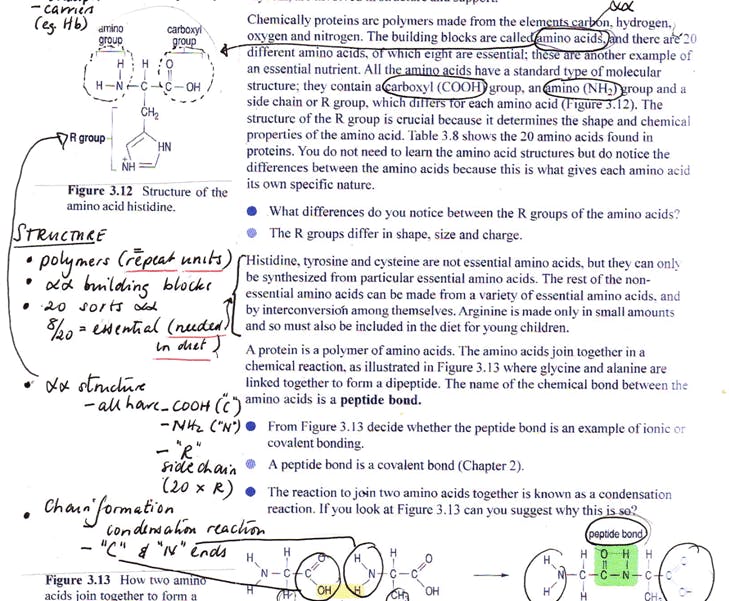Highlighting and annotating Note-taking techniques
Many students find that marking their study texts with highlighter pens or annotating them by writing in the margins helps them to concentrate and enhances their understanding. Deciding what to highlight, underline or annotate encourages you to think critically and formulate your own response to the text.
To use this technique, first read quickly through the text to get an overview of what it's about. Then read it more closely, pausing at the end of each paragraph to identify the main points. In the page margins you might like to add brief comments and queries as annotations.
Then decide what you want to highlight or underline to help you to recognise key points and their significance. You may decide to emphasise:
- a sentence or word that sums up an important idea
- quotations
- statistics
- specialised terms
- important or useful data
- examples or links to other ideas.
You could use different coloured pens to mark different kinds of information but be careful not to highlight so much that it becomes distracting.
This technique is not a replacement for making your own notes but may form the first stage in creating diagrammatic notes (such as mind maps) as well as preparing for essays.
This diagram is an example of fairly detailed notes made in a Level 2 science text. The student has used underlining and circling within the text and added annotations in the margin.
